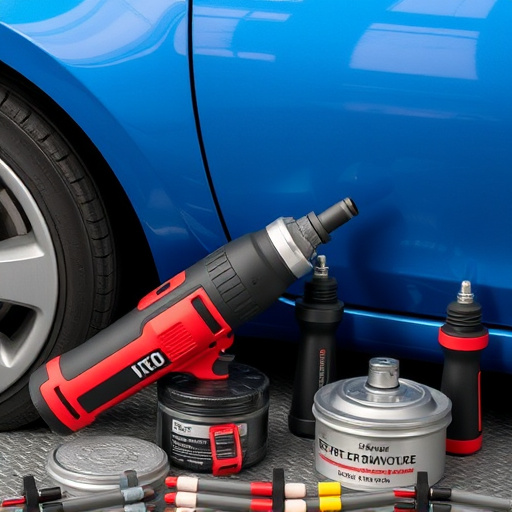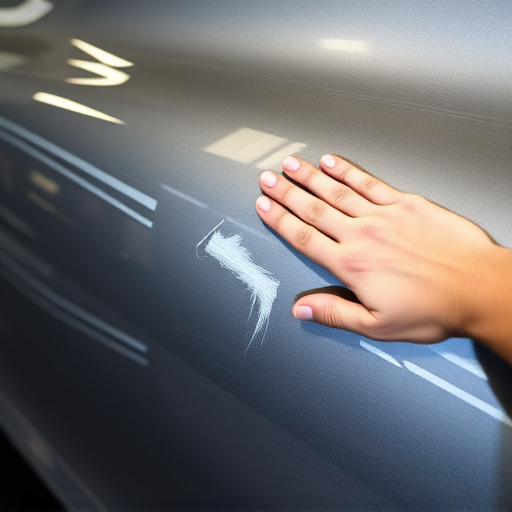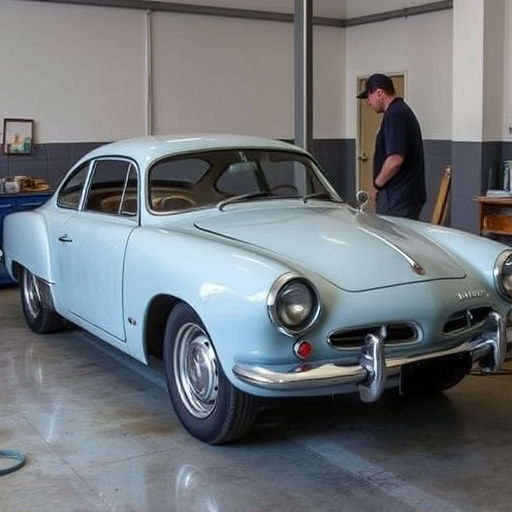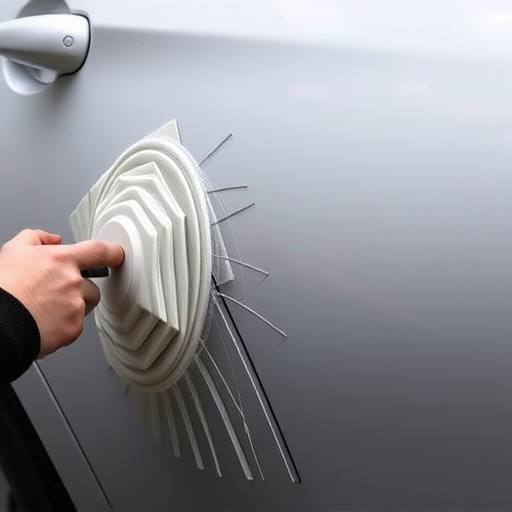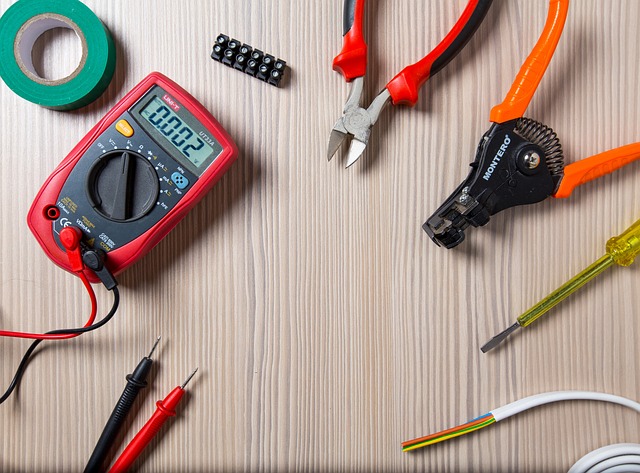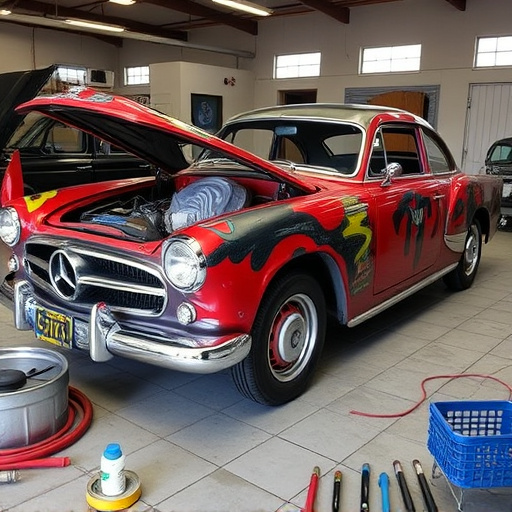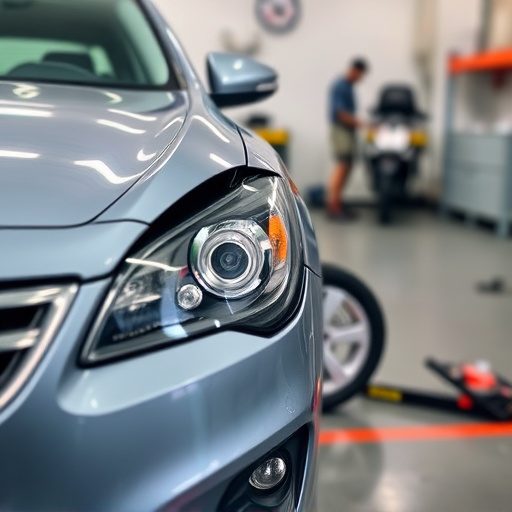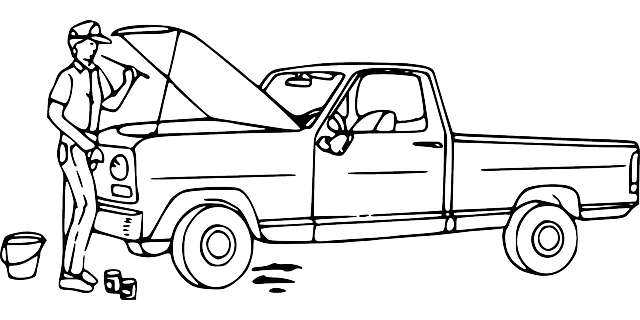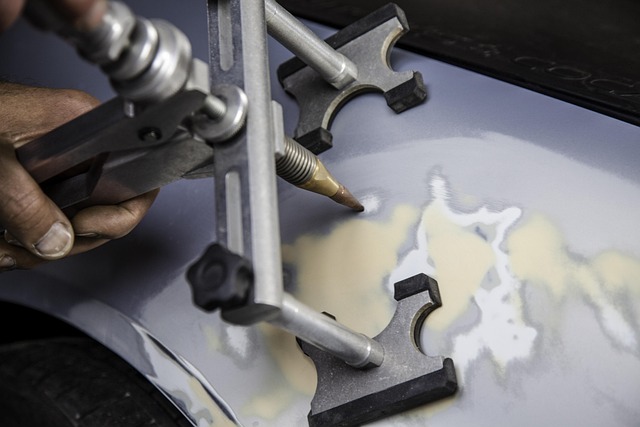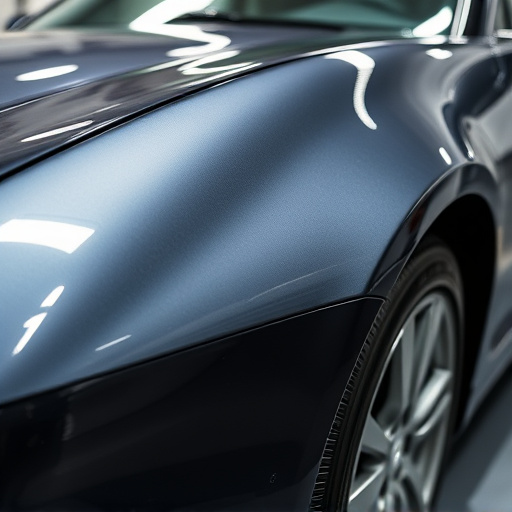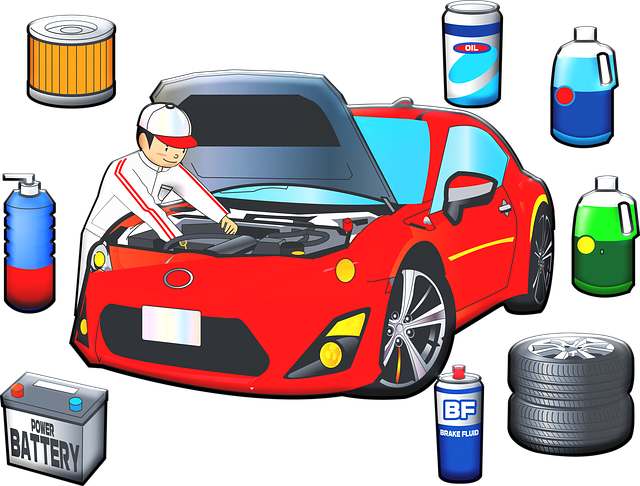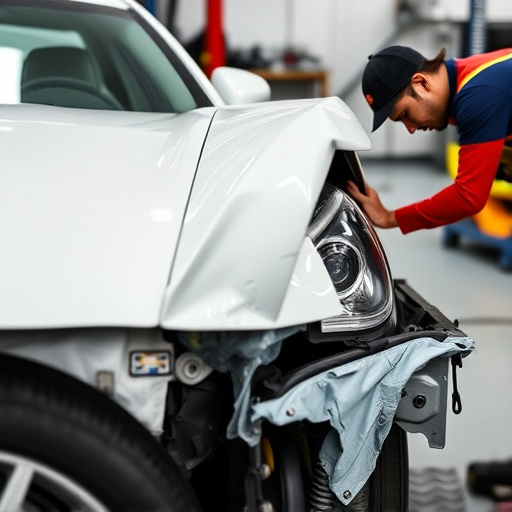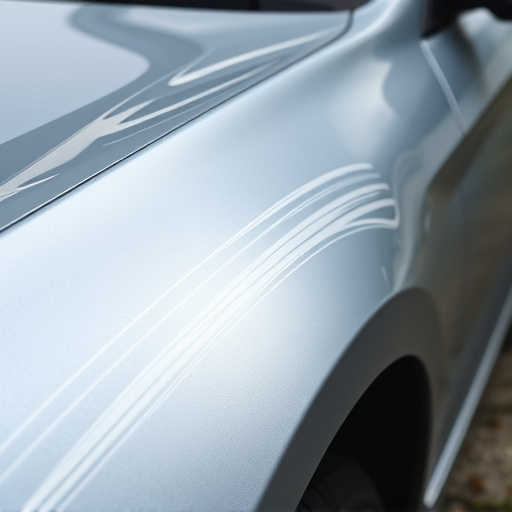Pearl finish restoration, an ancient aesthetic once found in shells and minerals, is now a prized technique for auto and fender repair. Skilled technicians use specialized coatings and tools to create a high-end, iridescent finish for vehicle bodies. Restoration involves meticulous preparation, buffing, and polishing with various tools and compounds, ensuring durability and depth. Effective cleaning, buffing, and dent repair kits are crucial for achieving a flawless, seamless pearl finish comparable to car body restoration standards.
Discover the art of reviving your surfaces with a stunning pearl finish! This comprehensive guide is tailored for beginners, offering an in-depth look at the history and various types of pearl finishes. Learn about the essential tools and materials needed for a successful transformation. From preparing the surface to applying the finish, our step-by-step process ensures you master the technique. Elevate your restoration projects with these expert tips and achieve a glamorous pearl finish that will dazzle any room.
- Understanding Pearl Finish: History and Types
- Tools and Materials for Successful Restoration
- Step-by-Step Guide to Reviving Pearl Finish Surfaces
Understanding Pearl Finish: History and Types
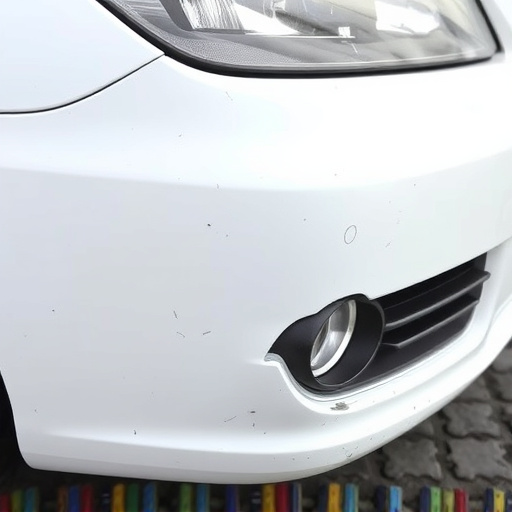
Pearl finish, with its unique iridescent sheen, has been a coveted aesthetic in various industries since ancient times. Its origins can be traced back to natural phenomena, where certain shells and minerals displayed this captivating luster naturally. Over centuries, humans have strived to replicate and perfect this pearl finish restoration process, incorporating it into jewelry making, furniture design, and eventually, automotive finishes. Today, it’s a sought-after effect that adds depth and sophistication to everything from car bodies to home decor.
In the context of auto repair services and fender repair, pearl finish is often used as a high-end restoration technique. It involves careful preparation of the surface, application of specialized coatings, and precise curing to achieve the desired iridescent glow. This process can be quite complex compared to conventional painting methods, requiring expertise and patience from skilled technicians in reputable collision repair centers. Different types of pearl finishes exist, ranging from liquid to powder forms, each offering unique visual characteristics and levels of durability.
Tools and Materials for Successful Restoration
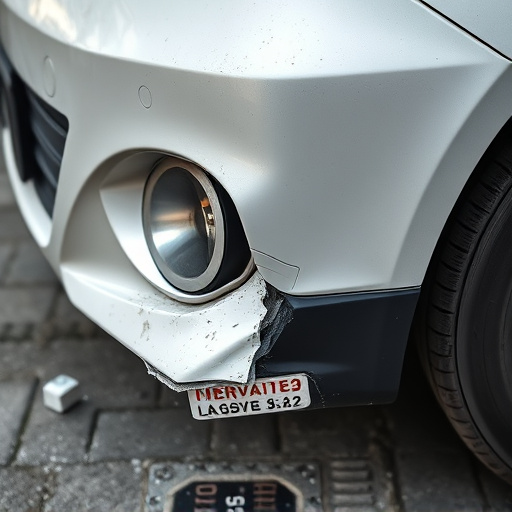
For a successful pearl finish restoration, the right tools and materials are essential. This includes specialized polishes and compounds designed to match the specific sheen of pearl finishes. Start with high-quality applicators like foam pads or microfiber cloths that won’t scratch the surface during the buffing process. A dual-action polisher can also be a valuable investment; these machines provide consistent pressure and speed, ensuring an even finish.
Additionally, gather items such as plastic scrapers for removing old polish or residue, along with various grits of sandpaper for lightening scuffs and imperfections. Don’t forget safety gear, including gloves to protect your hands from chemicals and a respirator to avoid inhaling dust or fumes. For car dent removal or fleet repair services, having these tools on hand makes the restoration process more efficient, while ensuring top-notch results in every vehicle body repair.
Step-by-Step Guide to Reviving Pearl Finish Surfaces
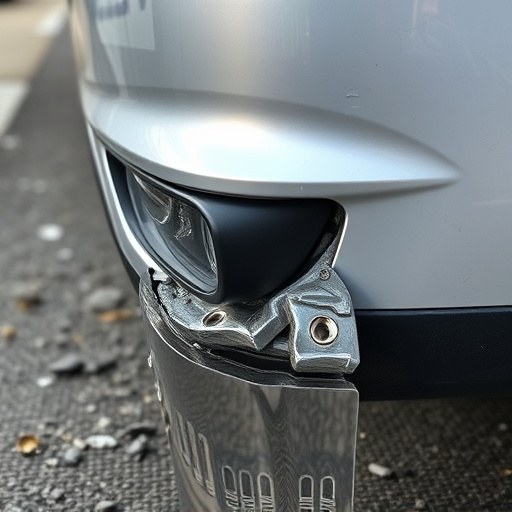
Reviving pearl finish surfaces is an art that combines meticulous attention to detail and the right techniques. Start by thoroughly cleaning the affected area with a mild detergent and water solution, using a soft cloth or sponge. This step is crucial as it removes any dirt, grease, or grime that could hinder the restoration process.
Next, gently buff the surface with a microfibre cloth or a dedicated polishing compound designed for pearl finishes. Apply the compound in small, circular motions, working thoroughly until the finish begins to shine. For more extensive damage, such as scratches or chips from a car collision repair, consider using a professional-grade paintless dent repair kit. These tools and techniques mimic the original manufacturing process, ensuring a seamless restoration that looks as good as new. Once buffed, inspect the surface for any remaining imperfections. If needed, repeat the polishing process until you achieve a smooth, even finish comparable to car body restoration standards.
Pearl finish restoration is an art that brings the beauty of yesteryear’s craftsmanship back to life. By understanding the history and various types of pearl finishes, along with the right tools and materials, beginners can master the step-by-step process outlined in this guide. With dedication and a bit of patience, you’ll be able to revive and preserve these exquisite surfaces for future generations, ensuring your restored pieces become treasured additions to any collection or home decor.

